-
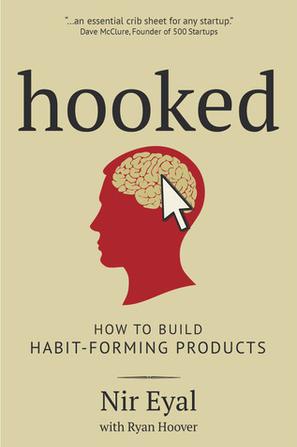
Hooked
Why do some products capture our attention, while others flop? What makes us engage with certain products out of habit? Is there a pattern underlying how technologies hook us? This book introduces readers to the "Hook Model," a four steps process companies use to build customer habits. Through consecutive hook cycles, successful products reach their ultimate goal of bringing users back repeatedly -- without depending on costly advertising or aggressive messaging.Hooked is a guide to building products people can't put down. Written for product managers, designers, marketers, startup founders, and people eager to learn more about the things that control our behaviors, this book gives readers: - Practical insights to create user habits that stick. - Actionable steps for building products people love. - Behavioral techniques used by Twitter, Instagram, Pinterest, and other habit-forming products. Nir Eyal distilled years of research, consulting and practical experience to write a manual for creating habit-forming products. Nir has taught at the Stanford Graduate School of Business and Hasso Plattner Institute of Design. His writing on technology, psychology and business appears in the Harvard Business Review, The Atlantic, TechCrunch, and Psychology Today. -
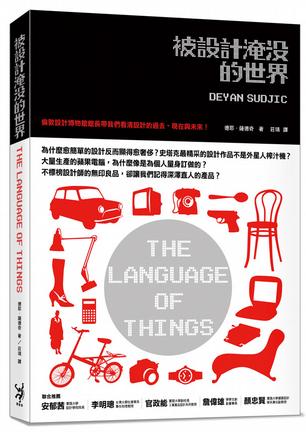
被設計淹沒的世界
為什麼愈簡單的設計反而顯得愈奢侈? 大量生產的蘋果電腦,為什麼像是為個人量身訂做的? 史塔克最精采的設計作品不是外星人榨汁機? 不標榜設計師的無印良品,卻讓我們記得深澤直人的產品? 倫敦設計博物館館長,用八十張圖片帶我們一探設計的過去、現在與未來 設計在我們的生活裡無所不在,從湯匙、椅子、車子、燈具,到飛機、摩天大樓與城市規劃,設計就像是物質世界的基因碼,對於現代生活具有極大的影響力。設計定義了白色是酷、黑色是專業;設計讓明明沒有機械零件的數位相機發出快門喀擦聲;設計也驅使我們在新產品上市時漏夜排隊,只為了先人一步擁有。這一切,都是設計的誘惑使然。 知名的建築藝術評論家薩德奇帶領我們尋訪設計的演變,剖析設計化身為工藝美學、行銷手法與流行時尚等不同面貌。當設計的目的不只是解決問題、服務大眾,而是跟時尚一樣快速地推陳出新,設計改往限量路線發展,企圖與奢侈品、甚至藝術品看齊,設計的價值和意義又該何去何從? 薩德奇援引設計史上的經典個案,包括尼康相機、Lucky Strike菸盒、雪鐵龍汽車、轉盤式電話等,解說其設計精華,也印證不同時期的設計理念與社會文化之間的關係。全書搭配近八十張圖片,讓內容更為生動。現任倫敦博物館館長的薩德奇觀點犀利,學養豐富卻不失親切,足以讓設計愛好者與專業人士,對設計的原型、美學與文化意義,有更深的認識。 PPK手槍在槍膛側邊有個紅圈,以確保使用之前保險栓扣上。 福斯的GOLF GT車款,也採用同樣的色彩組合,車體和水廂是黑色,並在散熱器上畫了一條細窄的紅線。 -
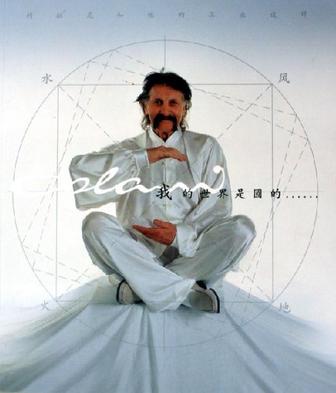
我的世界是圆的
《我的世界是圆的》一书主要介绍了德国设计大师卢吉·克拉尼教授的设计作品,展示了他为世界顶级公司做的成功设计案例以及他未来将要进行的设计构想,为读者朋友们解答了工业设计技巧方面的问题。目前的中国类似于日本上个世纪八十年代初,经济和技术正在奋发向上。中国的工业设计想要改变模仿欧美的老习惯,必须发展具有中国特色的设计风格,发展中国自己的品牌。 科拉尼出生于德国柏林,早年在柏林学习雕塑,后到巴黎学习空气动力学,1953年在加州负责新材料项目,这样的经历使他的设计具有空气动力学和仿生学的特点,表现出强烈的造型意识。当时的德国设计界努力推进以系统论和逻辑优先论为基础的理性设计,而科拉尼则试图跳出功能主义圈子,希望通过更自由的造型来增加趣味性,他设计了大量造型极为夸张的作品,被称为“设计怪杰”,本书选录的是这位设计怪杰的工业设计。 -
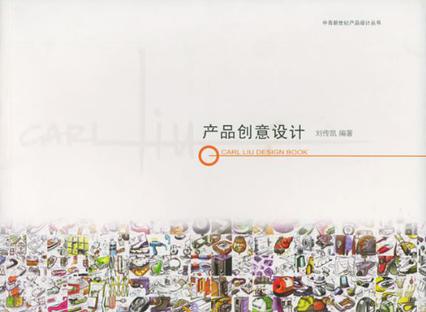
产品创意设计
本书是作者在美国、瑞士的ArtCebter研读设计,以及长期在美国和中国大陆从事产品设计工作的经验总结。书籍内容丰富,图文并茂,信息量大,具有很高的学术价值,对产品设计的从业者和相关专业的学生有很强的参考价值。本书内容主要由两部分组成:第一部分是作者多年学习心得和工作经验的分享,系统详细地介绍了产品设计流程以及概念构思的方法,并采用图表、图文对照的形式使读者更加容易理解掌握。第二部分精选了作者实际项目的原始手稿,内容包含前期的初始草图、构想图、爆炸图和使用情境图。鉴于大部分的设计师和学生对于学习概念构思以及设计手绘有迫切的需求,通过分享作者的经验和技巧,希望能帮助喜爱产品前期开发和重视手绘表现的广大设计人员提升设计能力,进而达到有效沟通设计想法的目的。 -
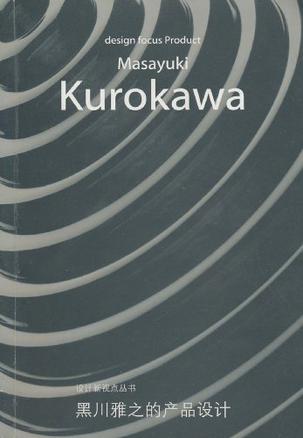
黑川雅之的产品设计
《黑川雅之的产品设计》包括了理论一:时间含义理论二:身体感觉,触觉的时理论三:编辑的记忆理论四:物质和形体的理论五:晦暗的影子理论六:意义的冲突理论七:系统与结构。 -
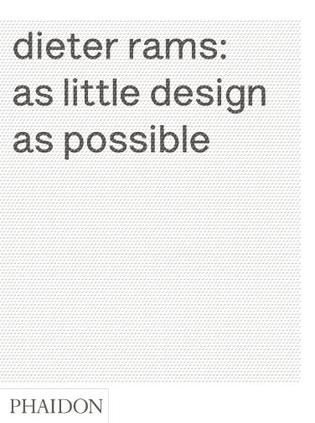
Dieter Rams
Product Description Indifference towards people and the reality in which they live is actually the one and only cardinal sin in design' - Dieter Rams. Dieter Rams' life and work are indelibly linked to his thoughts about how people live, and how they can live better. Products he designed in the 1960s are still being produced and sold today - only one demonstration of the strength of his work. This comprehensive monograph covers both Rams' life and his work, as well as his ideas on good design, which continue to inspire designers and consumers today. A personal foreword by Jonathan Ive evokes the influence that Rams has had on his own work and, by extention, the objects with which so many of us share our everyday lives. An introduction and an essay by Klaus Kemp tell the story of Rams' early life, his training as an architect, and the intellectual context in which his ideas were developed. The next four chapters examine Rams' work and his life - which are more or less synonymous - in depth. This includes his role at Braun as well as the work he did for the furniture company Vitsoe. Each chapter includes sketches, prototypes, finished products and the marketing for those products, giving a complete picture of Rams' work and its context. Two other chapters in this section present Rams' own house, the only work of architecture that he completed, and examine the products he designed at the level of detail, a crucial aspect to his work. A further chapter examines Rams' 'ten commandments' of good design and his credo, 'less but better', in the context of his role as head of design at Braun, and a final chapter explores his legacy in the work of contemporary designers including Naoto Fukasawa, Jonathan Ive, Sam Hecht, and Konstantin Grcic. This beautifully designed book includes a wide variety of visual material, including sketches and technical drawings, photographs of Rams' work as well as his life, archival material from both Braun and Vitsoe, Ingeborg Rams' subtle photographs and Vitsoe's playful graphic design and advertising. This book will appeal not only to fans of Dieter Rams' work, but to everyone drawn to the message behind his 'ten commandments' of good design - which are really ideas about how we can all live better and more sustainable lives.